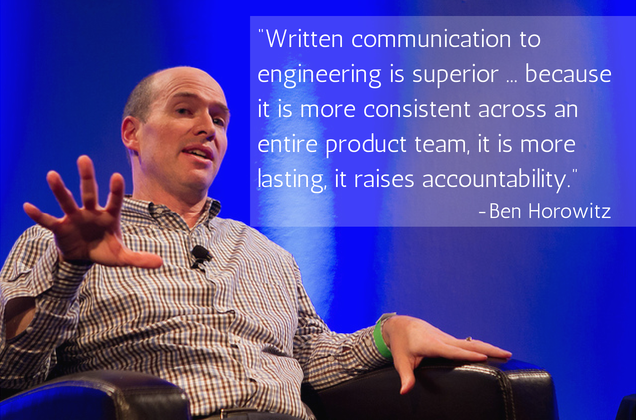Carrefour has launch a test in its Claye Souilly store 4 robots named Pepper, to help customers in their decision making process in store. The robot gives information on the loyalty reward card & program, advices on wines or other technical products, entertain kids.
Now is it the future of customer relationship management in store? Not so sure, I strongly believe the human interactions remain the best way to interact with customers. Actually, I love the way the company building those robots is selling it: it can interract with people, read the emotions of people to understand their mood... Do we really need robots for that?
Nevertheless, Carrefour is right to test the concept.Noone can deny that eventually sooner or later some kind of robots will be used in retailing for customer experience purposes. Obviously the technology is there, promising, and the usage needs to be understood. This is therefore interesting for Carrefour to keep an advantage on the competition by testing before anyone those robots.
Now is it the future of customer relationship management in store? Not so sure, I strongly believe the human interactions remain the best way to interact with customers. Actually, I love the way the company building those robots is selling it: it can interract with people, read the emotions of people to understand their mood... Do we really need robots for that?
Nevertheless, Carrefour is right to test the concept.Noone can deny that eventually sooner or later some kind of robots will be used in retailing for customer experience purposes. Obviously the technology is there, promising, and the usage needs to be understood. This is therefore interesting for Carrefour to keep an advantage on the competition by testing before anyone those robots.
















